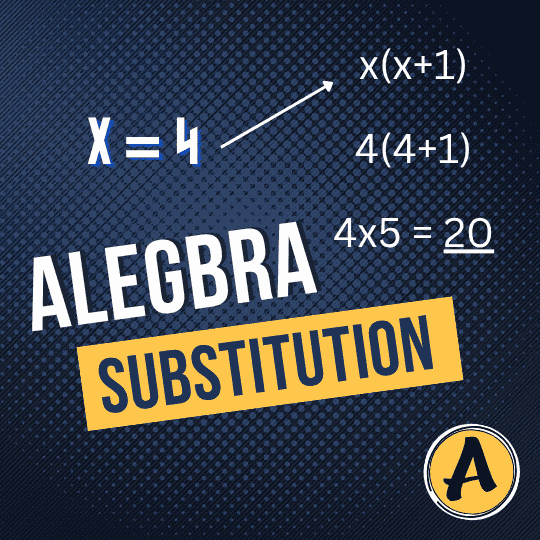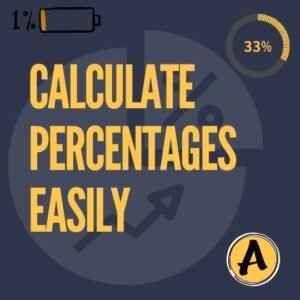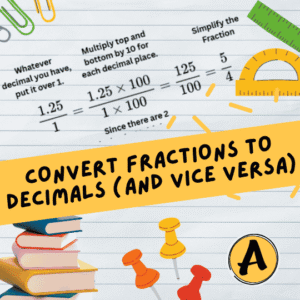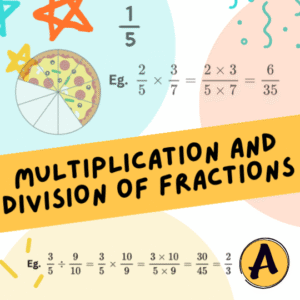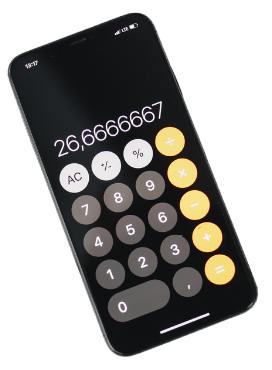What is Substitution in Algebra for Year 7 NSW students?
In Algebra Substitution, a variable is replaced with a number. Basically, if the value of x is given, we substitute x with that number in the expression to find the result.
For example, if the expression is ‘x + 7′ and ‘x = 3′, then we substitute x with 3 to get ‘3 + 7′, which equals 10.
Why is Algebra Substitution Important for Year 7 NSW Students?
Algebra substitution forms the foundation for solving more complex algebraic problems. Once NSW students in Year 6 and Year 7 master substitution, they can confidently tackle linear equations with one, two, or more unknowns, as well as quadratic equations. It’s a key skill that builds the groundwork for success in high school mathematics and beyond.
How to perform Algebra Substitution?
- Identify the variable(s): Find the variables (letters) in the algebraic expression.
- Find the value: Look for the number that each variable represents.
- Replace: Carefully substitute each variable with its value.
- Calculate: Work out the answer using the correct order of operations (BODMAS/PEMDAS).
Examples of Algebra Substitution?
Three friends equally share the cost of a pizza. Each pays $10. They also buy a burger and a drink that cost twice as much as the pizza. How much does each friend pay in total?
Answer:
Let x be the cost of the pizza.
Each pays $10 → x = $30
Burger and drink cost = 2x = 2×$30 = $60
Total cost = x+2x =3x =3×$30=$90
Each friend pays = $90/3= $30
What are the Common Mistakes to Avoid in Algebra Substitution?
In algebra substitution, several common mistakes often hinder their understanding and progress. Identifying and addressing these pitfalls is crucial for mastering the concept effectively.
Failure to Balance the Equation
The operation performed on one side must also be performed on the other side
One prevalent error occurs when students incorrectly isolate the variable in the equation. This usually happens when there is a failure to maintain balance throughout the equation, leading to inaccurate results. Students should remember that every operation performed on one side of the equation must also be performed on the other to retain equality.
Incorrectly Evaluating Parentheses
Another frequent mistake is not evaluating parentheses in the correct BODMAS way. For example, when substituting values, it is critical to encapsulate the entire expression within parentheses to avoid confusion. Doing so clarifies which parts of the expression are being replaced and helps prevent arithmetic errors. Many learners forget to apply this fundamental principle, leading them to misinterpret their calculations.
Incorrectly substituting values in variables
Additionally, students should take extra care when substituting values into variables, especially in problems with multiple variables. It’s easy to mix them up if they look similar. A useful strategy is to clearly label each variable and highlight the one being substituted. This simple habit can greatly reduce mistakes and improve accuracy when solving equations.
Failing to Cross-Check the answers
Lastly, a common oversight is neglecting to check the final answer against the original problem or equation. Verification is an essential step in the problem-solving process; it confirms not only the accuracy but also the logical flow of the solution. Students should develop the habit of substituting their final answers back into the original equation to ensure coherence. By being aware of these common mistakes and implementing strategies to avoid them, learners can enhance their understanding and proficiency in algebra substitution.
Real-Life Applications of Substitution
Algebraic substitution is a fundamental skill that extends far beyond the confines of the classroom. Understanding how to manipulate variables and equations can significantly improve problem-solving capabilities in various real-world contexts. One of the most relatable applications for Year 6 students is in budgeting. For instance, when planning a school event, students might need to determine the total cost based on a specific number of participants. By substituting the number of attendees into an equation that accounts for costs per person, students can effectively forecast the overall expenses. This not only enhances their mathematics proficiency but also develops essential budgeting skills that they will use throughout their lives.
Another practical example involves recipe adjustments. When preparing meals, ingredients often need to be altered depending on the number of servings required. For instance, if a recipe that feeds four people needs to be adjusted to serve six, students can employ substitution to calculate the new quantities of each ingredient. By formulating a simple equation — such as multiplying each ingredient’s amount by a factor that reflects the increase in servings — learners can see firsthand how algebraic principles operate in everyday cooking scenarios. This reinforces the notion that algebra extends its relevance beyond academia and into day-to-day activities.
Basic engineering problems also present opportunities for applying substitution effectively. For example, when designing a simple structure or creating a model, students might need to determine the strength required for materials based on specific loads. By substituting varying weights into an established formula, students can comprehend how mathematical concepts contribute to engineering decisions and outcomes. Such applications are crucial as they bridge the gap between theoretical knowledge and practical implementation, highlighting the value of algebraic substitution in real-life scenarios.
Conclusion and Encouragement
Learning how to do algebra substitution is a big step in your maths journey. When you know how to put values into the right place, solving equations becomes much easier. It also gets you ready for the harder maths you’ll do later.
The best way to get better is to keep practising. The more problems you solve, the more confident you’ll feel. It helps your brain think more clearly and makes maths feel less scary. These skills don’t just help in class — they help in real life too.
Algebra might feel tricky at first, and that’s okay. Everyone starts somewhere. Just keep trying, take your time, and don’t be afraid to make mistakes. That’s how learning happens.
So keep going, believe in yourself, and remember — with regular practice, you can absolutely do this!

